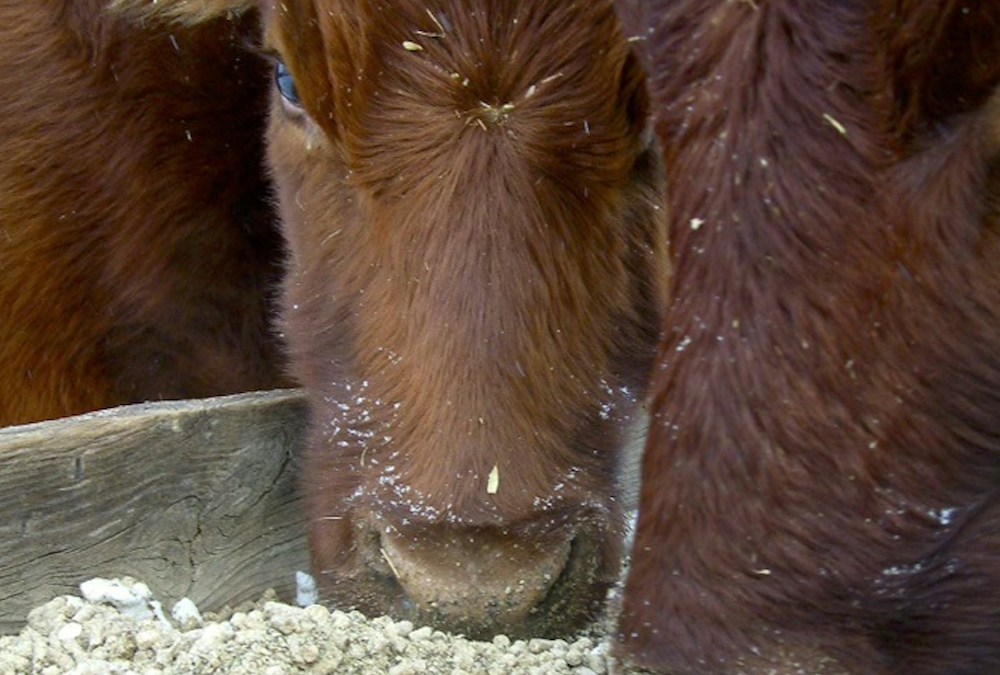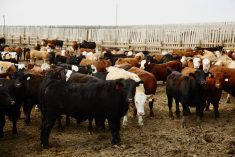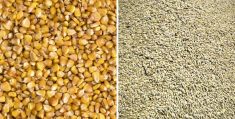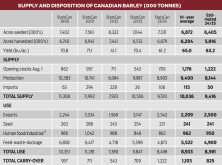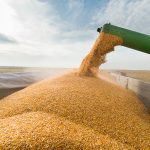I’ve received many calls over the past month regarding the price outlook for Canadian barley and U.S. corn. Alberta cattle feeders have relied on imports of U.S. corn over the past couple of years. Canadian barley supplies have been extremely tight over the past two years. The drought of 2021 resulted in a sharp decline in production and supplies haven’t been replenished due to strong Chinese demand. China imposed tariffs of 80.5 per cent on Australian barley imports in May of 2020 altering world trade flows. Canada has been a major exporter to China partially filling the void of Australian-origin supplies. The political drama between China and the U.S. has changed the corn landscape. China appears to be purchasing more corn from Brazilian rather than U.S. origin. World trade flows have also been affected by the Russian invasion of Ukraine. The Black Sea Grain Initiative is an agreement to allow Ukraine grain and oilseed exports. Negotiations between Russia and the U.N. are needed to extend the agreement beyond March 18.
Geo-political factors have increased prices for western Canadian feed grains and tempered the upside for feeder cattle prices over the past two years. Looking forward, major exporters of corn and barley will increase production in 2023. When supplies are plentiful, geopolitical issues have less influence on the price structure. Western Canadian feeder cattle prices are poised to trend higher in the fall period due to a year-over-year increase in world corn and barley production.
Western Canadian farmers are expected to seed 7.1 million acres of barley this spring. Using a traditional abandonment rate and an average yield of 72 bu./ac., production has the potential to reach 10.2 million tonnes, up from last year’s crop size of 10 million tonnes. If we account for carry-in stocks from the previous crop year, total supplies at the start of the 2023-24 campaign are expected to reach 11.3 million tonnes, up from 2022-23 stocks of 10.6 million tonnes. Supplies of 11.3 million tonnes are sufficient to satisfy domestic and export demand.
Read Also
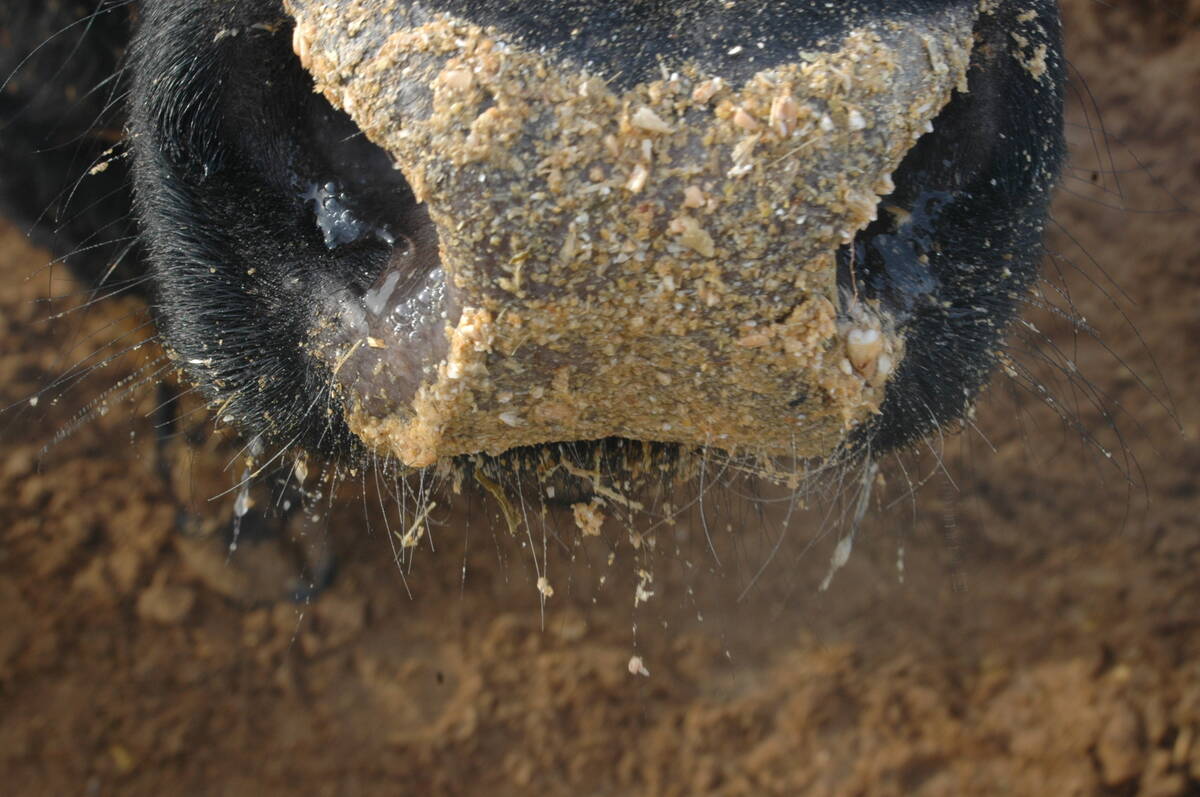
Feed grain update for Canadian beef producers
Factors affecting the feed grain market and what it means for Canadian cattle feeders
European corn production is expected to recover after last year’s drier conditions. EU corn output is expected to reach 70 million tonnes, up 16 million tonnes from last year. EU barley production will likely finish near 52 million tonnes, unchanged from the 2022 production.
U.S. farmers are expected to seed 91 million acres of corn this spring, up 2.4 million acres from 2022. Using a traditional abandonment rate and an average yield of 181.5 bu./ac., production has the potential to reach 383 million tonnes, up 34 million tonnes from the 2022 output of 349 million tonnes. The U.S. corn market will function to encourage demand through lower prices.
The larger corn production will come on the heels of a year-over-year increase in Brazilian corn production. Brazilian farmers are projected to harvest 125 million tonnes of corn this year. The main harvest period will occur in June. Brazil will dominate the world corn market until U.S. supplies are available in November. The forecast for Argentina is in question due to drier conditions. Corn production has the potential to reach 44 million tonnes, down from last year’s crop size of 49 million tonnes.

The increase in U.S., Brazilian and European production will more than offset any year-over-year declines in Argentina and Ukraine. Barring adverse weather, world corn and barley markets are expected to trend lower during the summer and fall periods. There is potential for the December corn futures to trade in the range of $4-$5/bu. during August and September, down from the current levels of around $5.70/bu.
At the time of writing this article, the November feeder cattle futures have been hovering around $218. The record high for the feeder cattle futures occurred in October 2014 when the market reached just over $245. If the corn market behaves as expected, we could see the November feeder cattle rally $27 from current levels. During February, steers averaging 500 pounds were trading in the range of $320-$330/cwt in Western Canada. During September and October, steer calves averaging 500 pounds should be in the range of $360-$400/cwt.
In conclusion, elevated corn and barley markets have limited the upside for Western Canadian feeder cattle prices. During the fall, December corn futures are expected to average $4.50/bu., which will allow feeder prices to trade up to record highs. From a technical perspective, one can see a beautiful “head and shoulders” formation developing on the weekly corn chart. The downside objective would be in the $4/bu. area.

